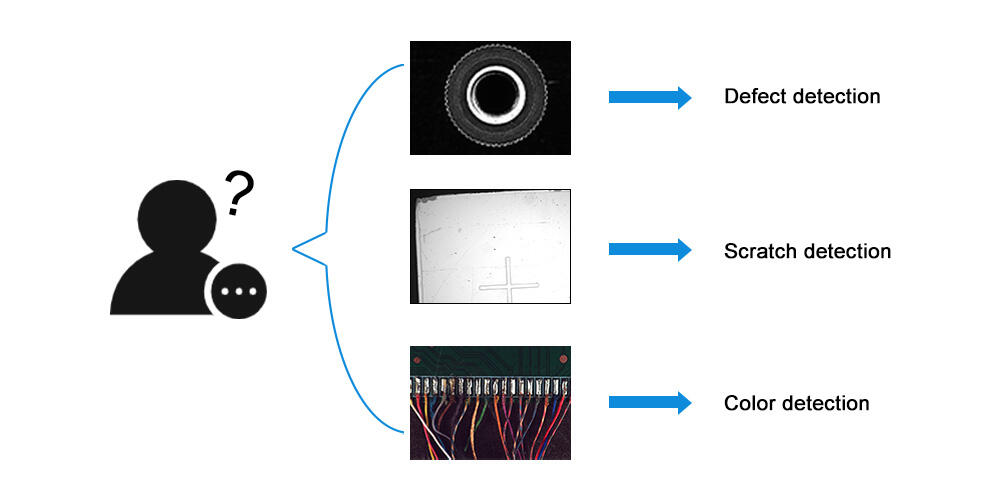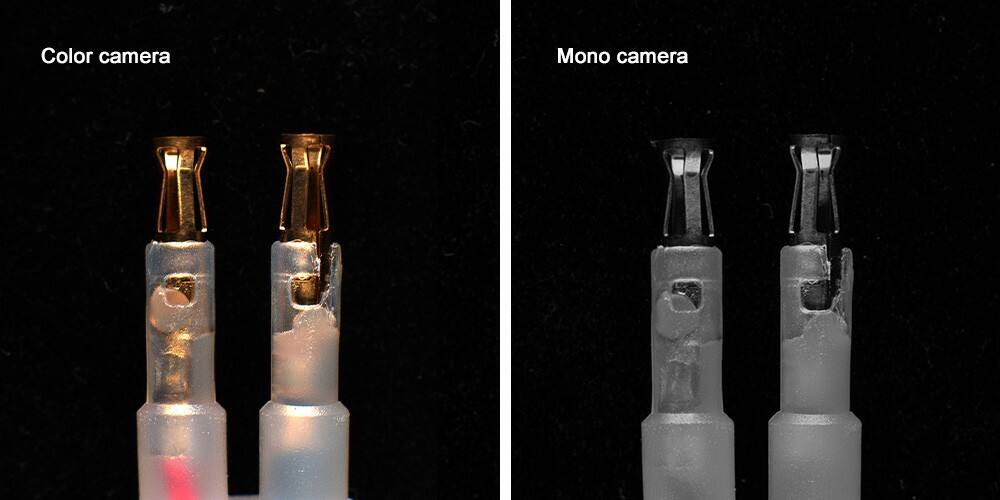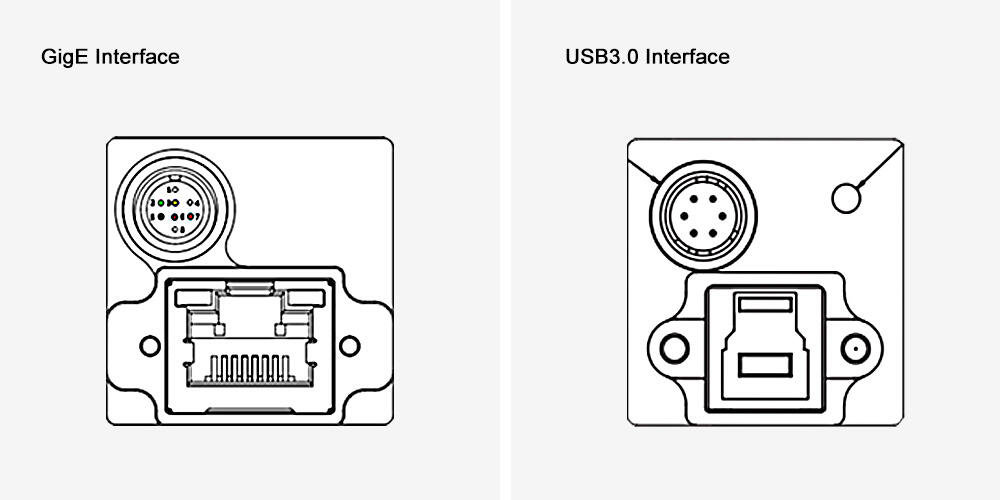A Step-by-Step Guide to Selecting Industrial Cameras
There are many types and specifications of industrial cameras on the market, so how can you choose a camera that suits your project needs?
1. Communicate and analyze project requirements
Communicate with sales or engineers about project details, requirements, goals. For example, detection requirements: defect detection, scratch detection, or color detection, etc. It is also necessary to know whether the use environment is a high temperature environment or a dirty environment, because these will affect the service life of the camera.

2. Detection accuracy requirements
The camera resolution can be calculated based on the accuracy, which is also important for detection.
Define accuracy thresholds (e.g., detecting 0.05mm defects) and throughput targets (e.g., 500 inspections per minute).
Example: A food packaging line requiring color verification will prioritize color accuracy, while a semiconductor inspection system demands ultra-high resolution.
3. Field of View(FOV)
FOV should exceed the target area by 20–50% to accommodate mechanical misalignment or vibrations. A 30mm inspection area, for example, necessitates a camera FoV of 36–45mm.
4. Dynamic Performance: Shutter Types and Frame Rates
Global Shutter Cameras: Capture moving objects without motion blur, ideal for conveyor belts or robotic arms.
Rolling Shutter Cameras: Suitable for static applications, offering cost savings.
5. Color vs. Monochrome

Color Cameras: Essential for applications like surface finish inspection, food grading, or material identification.
Monochrome Cameras: Offer higher sensitivity and resolution for tasks like dimensional measurement or barcode reading.
Key Consideration: Color cameras typically require 2–3× more illumination than monochrome counterparts.
6. Camera Interface Selection: GigE vs USB3.0
There are two main interfaces commonly used in industrial cameras: GigE and USB. Choosing the right camera interface is also important for your project.
GigE Interface
Max Distance: Up to 100 meters with standard Ethernet cables.
Advantages:
Stable long-distance communication for distributed systems.
Supports Power-over-Ethernet (PoE) for simplified cabling.
Lower latency in industrial networks.
Typical Use: Automotive assembly lines, large-scale factory layouts.

USB3.0 Interface
Max Distance: Limited to 5 meters (extendable to 50m with active optical cables).
Advantages:
Plug-and-play simplicity for benchtop or portable setups.
Lower infrastructure cost for short-range applications.
Typical Use: Laboratory environments, compact inspection stations.
Recommendation:
For long-distance deployments (>10 meters), prioritize GigE for stable data transmission.
For short-range systems (<5 meters), both GigE and USB3.0 are viable, with USB3.0 offering cost efficiency.
In general, choosing the right camera according to the different needs of different projects can not only improve efficiency but also save costs.


